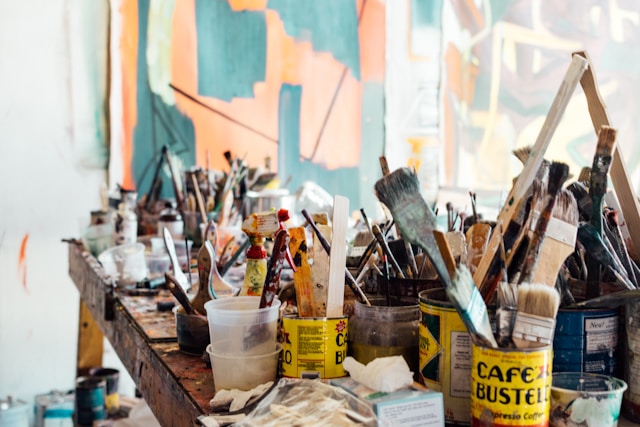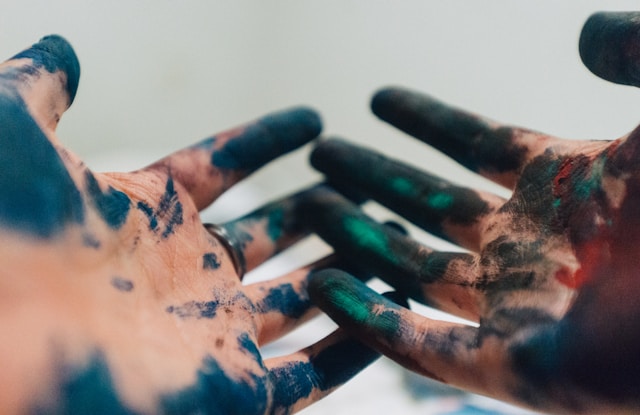Digital Art and Technology: Transforming the Canadian Art Scene
2024-07-18 | Art | No Comments

Introduction
The intersection of digital art and technology is revolutionizing the Canadian art scene, creating new opportunities for artists to explore, innovate, and connect with audiences. This transformation is driven by advancements in digital tools and platforms, which have democratized art creation and distribution. This article delves into how digital art and technology are reshaping the Canadian art landscape, highlighting key trends and influential figures in this dynamic field.
The Rise of Digital Art
Digital art encompasses a wide range of mediums, including digital painting, 3D modeling, virtual reality (VR), augmented reality (AR), and generative art. These forms leverage technology to push the boundaries of traditional art, allowing for unprecedented creativity and interactivity.
“Digital art has opened up a new frontier for artistic expression, enabling artists to create works that were previously unimaginable,” says digital artist James Thompson.
Tools and Platforms
The availability of sophisticated digital tools and platforms has made it easier for artists to create and share their work. Software like Adobe Creative Suite, Blender, and Procreate offer powerful features for digital painting, animation, and 3D modeling. Additionally, platforms like Instagram, Behance, and ArtStation provide artists with global exposure, connecting them with audiences and potential buyers.
“Platforms like Instagram have democratized the art world, allowing artists to reach audiences directly without the need for traditional gatekeepers,” notes social media strategist Emily Green.
Virtual Reality and Augmented Reality
VR and AR are transforming how audiences experience art. Virtual reality enables immersive experiences, allowing viewers to step inside a digital artwork and interact with it in a three-dimensional space. Augmented reality overlays digital elements onto the physical world, creating interactive and engaging art experiences.
Canadian artist Kelly Richardson uses VR to create immersive landscapes that challenge perceptions of reality. Her works, such as “Mariner 9,” transport viewers to a digitally-rendered Martian surface, offering a contemplative view of the future.
“VR allows me to create environments that viewers can explore and engage with on a deeper level,” explains Richardson.
Generative Art
Generative art, which uses algorithms and artificial intelligence to create artwork, is gaining traction among Canadian artists. This form of art blends creativity with technology, producing unique and often unpredictable results. Artists like Sougwen Chung use AI to collaborate with machines, creating dynamic and evolving pieces.
“Generative art is a fascinating blend of human creativity and machine intelligence, offering new possibilities for artistic expression,” says local expert from golden crown casino australia.
Digital Exhibitions and Galleries
The rise of digital art has led to the emergence of virtual exhibitions and galleries. These platforms provide artists with the flexibility to exhibit their work online, reaching a global audience without geographical constraints. Virtual galleries also offer interactive features, such as 360-degree views and virtual tours, enhancing the viewer experience.
Organizations like the Vancouver-based “Capture Photography Festival” have embraced digital formats, offering virtual exhibitions that showcase the work of Canadian photographers. These virtual platforms have become essential during the COVID-19 pandemic, ensuring that art remains accessible despite physical restrictions.
“Digital exhibitions have allowed us to continue supporting artists and engaging with audiences during challenging times,” states festival director Heather Douglas.
Challenges and Opportunities
While digital art and technology offer numerous opportunities, they also present challenges. The rapid pace of technological change requires artists to continuously update their skills and adapt to new tools. Additionally, issues related to digital copyright and the monetization of digital art remain areas of concern.
“Staying current with technology is both an opportunity and a challenge for digital artists,” remarks technologist Sarah Lin.
Despite these challenges, the integration of digital art and technology continues to drive innovation and expand the possibilities for artistic creation. The flexibility and accessibility provided by digital tools have made art creation more inclusive, allowing a diverse range of voices to be heard.
Educational Initiatives
Educational institutions across Canada are recognizing the importance of digital art and technology in contemporary art education. Universities and colleges are incorporating digital art courses into their curricula, preparing the next generation of artists to navigate and thrive in a digital landscape.
Programs like the Digital Futures initiative at OCAD University in Toronto offer interdisciplinary courses that blend art, design, and technology. These programs equip students with the skills needed to create digital art and explore new media.
“Education is key to empowering artists to harness the full potential of digital technology,” emphasizes professor John Miller of OCAD University.
Community and Collaboration
The digital art scene in Canada is characterized by a strong sense of community and collaboration. Artists often work together on digital projects, sharing knowledge and resources. Online communities and forums provide platforms for artists to connect, collaborate, and support each other.
Organizations like “Digital Art Exchange” (DAE) facilitate collaborative projects and workshops, fostering a supportive environment for digital artists. These initiatives help build a vibrant and inclusive digital art community in Canada.
“Collaboration and community are at the heart of the digital art movement. By working together, artists can push the boundaries of what is possible,” says DAE founder Laura Bennett.
Digital art and technology are transforming the Canadian art scene, offering new avenues for creativity, collaboration, and audience engagement. From virtual reality experiences to generative art, Canadian artists are at the forefront of this digital revolution, exploring new frontiers and challenging traditional notions of art. As digital tools continue to evolve, the future of Canadian art looks increasingly dynamic and interconnected, driven by innovation and a commitment to pushing the boundaries of artistic expression.


